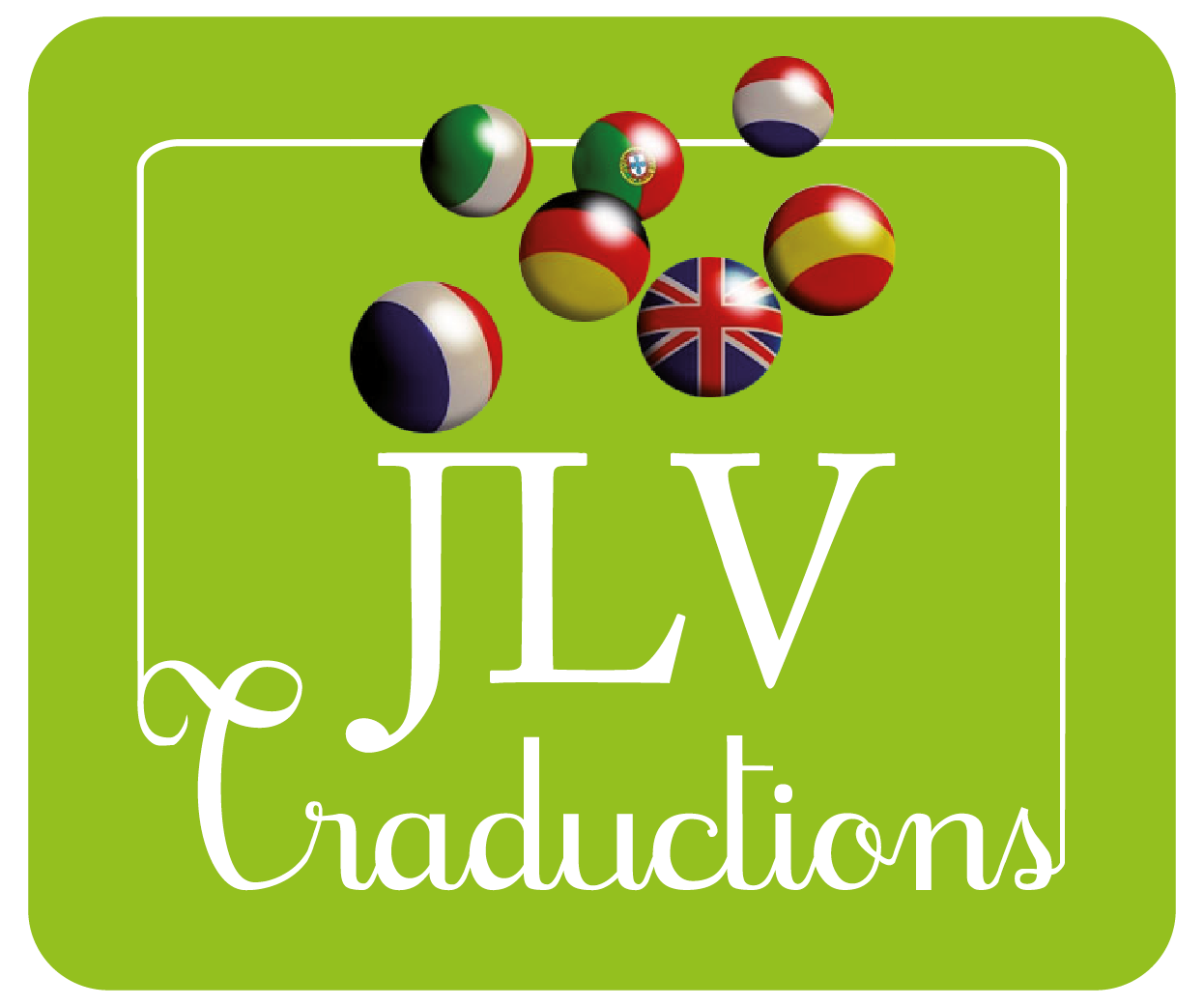Public vs. Private Translation Platforms
With the development of the Internet, we now have a wide range of tools at our disposal to facilitate our daily lives, both for private or professional purposes. To use them, an equally wide range of platforms has appeared. If at first glance they all look professional in terms of their design and style guide, attention must nonetheless be paid to the content they offer.
In the field of translation, a number of these platforms have quickly emerged. Some are public and anyone can access them, file their projects and/or offer their services but doing so is not without risk. One way of countering the risk is by paying attention to the way the posts are written, or to their content such as unlikely projects that have nothing to do with translation or interpretation …
This is how this kind of platform works: users post a project, indicating the budget available and then waiting for companies or individuals willing to offer their services to respond.
Quite often, a number of these projects are posted by professionals (or not) who have no idea how the translation market works. They then offer ridiculously low prices, try to get projects done in a virtually impossible deadline such as translating 10,000 words in 2 working days (note that a translator can translate up to 3,000 words a day, a volume that also depends on the difficulty of the text). Another fairly recurring problem with public platforms is the description of the project. There is not enough information, or a few examples are provided here and there, which can be an issue when quoting because it may not reflect the entire work and a second quotation is required when the final documents are received for translation.
On the other hand, there are private platforms. They work in the same type of way, the only difference being that they are only available to translation agencies, so no freelancers are competing. This time, the project descriptions are comprehensive, most of the time with an overview of the text which makes it easier to get an idea of its complexity. Rates are set in advance, in order to improve communication between the different project managers and save a substantial amount of time because there is no « haggling » over a paltry price for the translation.
The simplest rule of thumb is to keep your translators once you have found them, and let them do their job, while you do yours.





